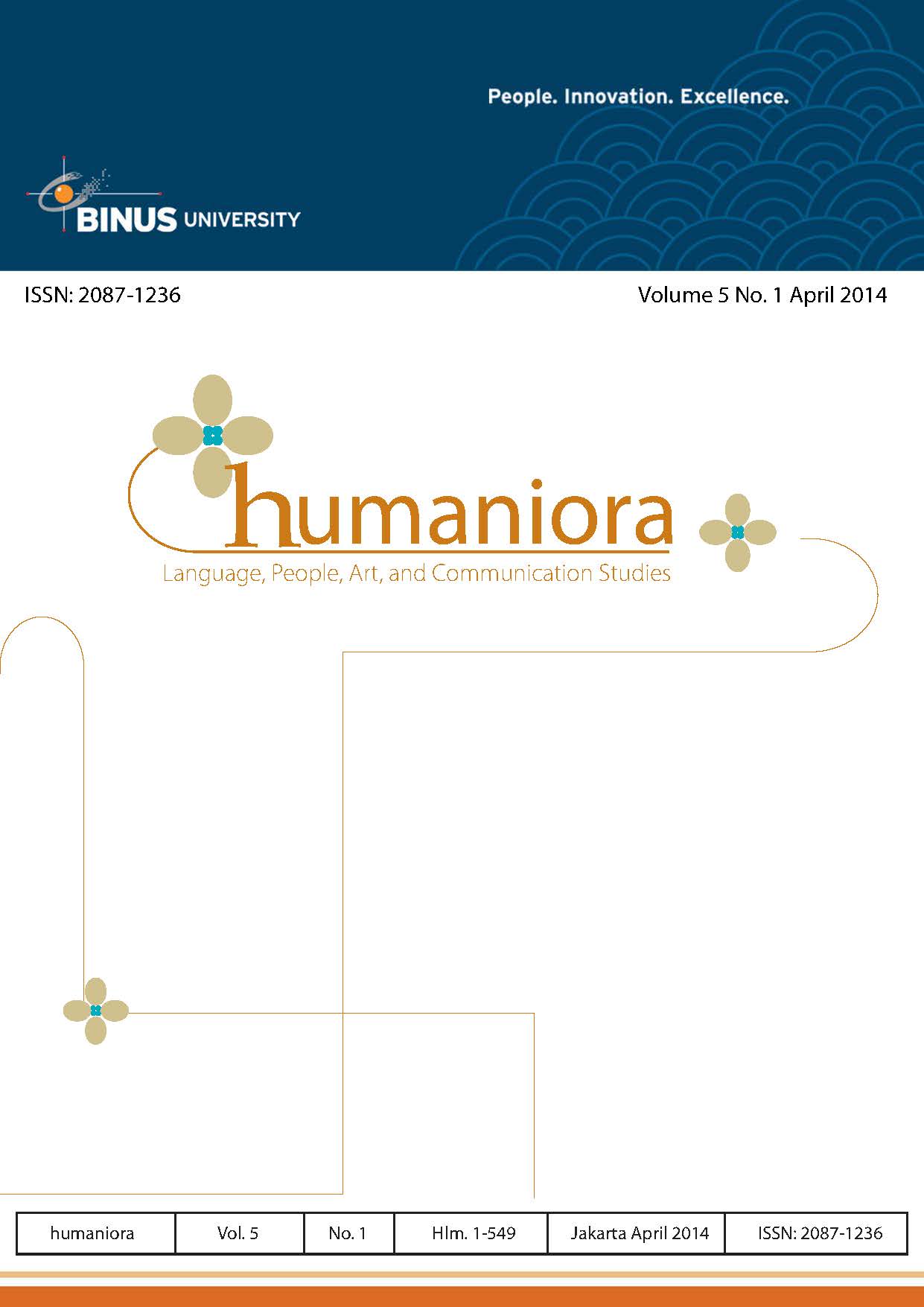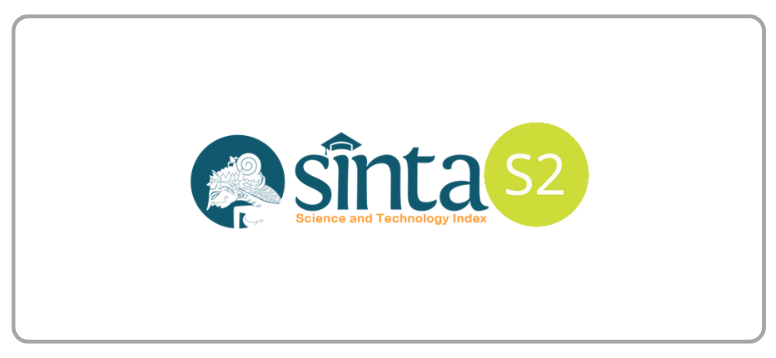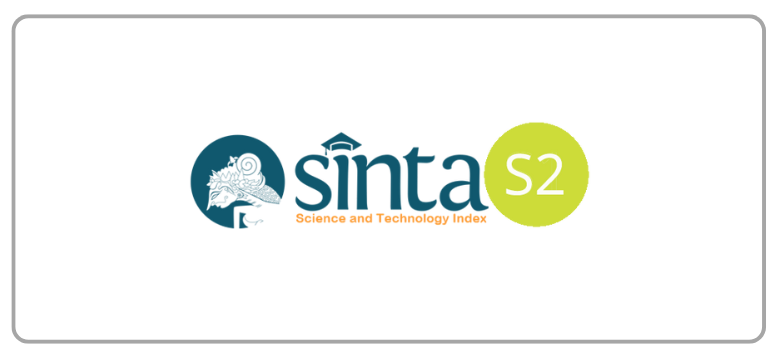Chinese Affixes and Word Formation
DOI:
https://doi.org/10.21512/humaniora.v5i1.2990Keywords:
Chinese, affixes, quasi-affixes, word formationAbstract
Chinese language is one of the typical isolated languages. It lacks morphological variation; part of speech has no morphological signs; the additional component of word formation is less; and the roots never change their forms. The major method of Chinese word formation is the combination of roots according to certain grammatical relations. Although the affix word formation is not part of mainstream Chinese word formation, affix-formation is still an integral part of the Chinese word-formation. Article used literature review, summarized the types and meanings of Chinese affixes. And meanwhile, article analyzed word formation function of Chinese Affixes and quasi-affixes. The Chinese quasi-affixes have stronger capabilities in forming new words, but development direction of Chinese quasi-affixes has to stand the test of time.
Plum Analytics
References
高更生.现代汉è¯çŸ¥è¯†å¤§è¯å…¸.济å—:山东çœæ•™è‚²å‡ºç‰ˆç¤¾,1992
黄伯è£,å»–åºä¸œ.现代汉è¯ï¼ˆå¢žè®¢å››ç‰ˆï¼‰ä¸Šã€ä¸‹å†Œ.北京:高ç‰æ•™è‚²å‡ºç‰ˆç¤¾,2007
刘富åŽ,å™ç‚œ.è¯è¨€å¦é€šè®º.北京:北京è¯è¨€å¤§å¦å‡ºç‰ˆç¤¾,2009
刘ä¸å¯Œ.实用汉è¯è¯æ±‡.åˆè‚¥:安徽教育出版社,2003
å•å”湘.汉è¯è¯æ³•åˆ†æžé—®é¢˜. 48-49 页.北京:商务å°ä¹¦é¦†ï¼Œ1979
å™å¾·é‡‘.对外汉è¯è¯æ±‡åŠè¯æ±‡æ•™å¦ç ”究.北京:商务å°ä¹¦é¦†,2006
万艺玲.汉è¯è¯æ±‡æ•™ç¨‹.北京:北京è¯è¨€å¤§å¦å‡ºç‰ˆç¤¾,2000
万ç´.ç±»è¯ç¼€ä¸Žè¯ç¼€çš„共性特点分æž.温州èŒä¸šæŠ€æœ¯å¦é™¢å¦æŠ¥,2011,第11 å·ï¼ˆç¬¬4 期)
Downloads
Published
How to Cite
Issue
Section
License
Authors who publish with this journal agree to the following terms:
a. Authors retain copyright and grant the journal right of first publication with the work simultaneously licensed under a Creative Commons Attribution License - Share Alike that allows others to share the work with an acknowledgment of the work's authorship and initial publication in this journal.
b. Authors are able to enter into separate, additional contractual arrangements for the non-exclusive distribution of the journal's published version of the work (e.g., post it to an institutional repository or publish it in a book), with an acknowledgment of its initial publication in this journal.
c. Authors are permitted and encouraged to post their work online (e.g., in institutional repositories or on their website) prior to and during the submission process, as it can lead to productive exchanges, as well as earlier and greater citation of published work.
USER RIGHTS
All articles published Open Access will be immediately and permanently free for everyone to read and download. We are continuously working with our author communities to select the best choice of license options, currently being defined for this journal as follows: Creative Commons Attribution-Share Alike (CC BY-SA)
























